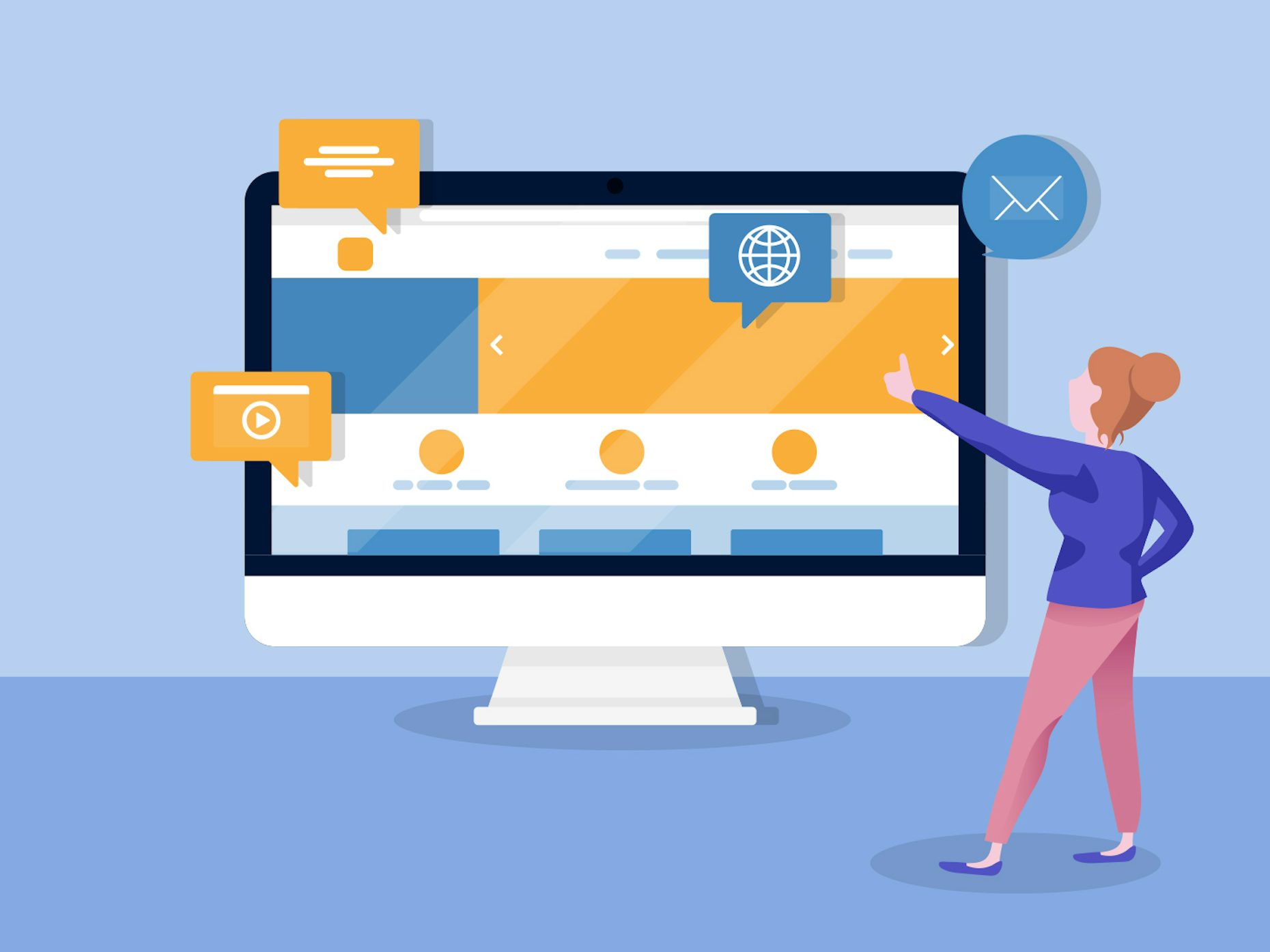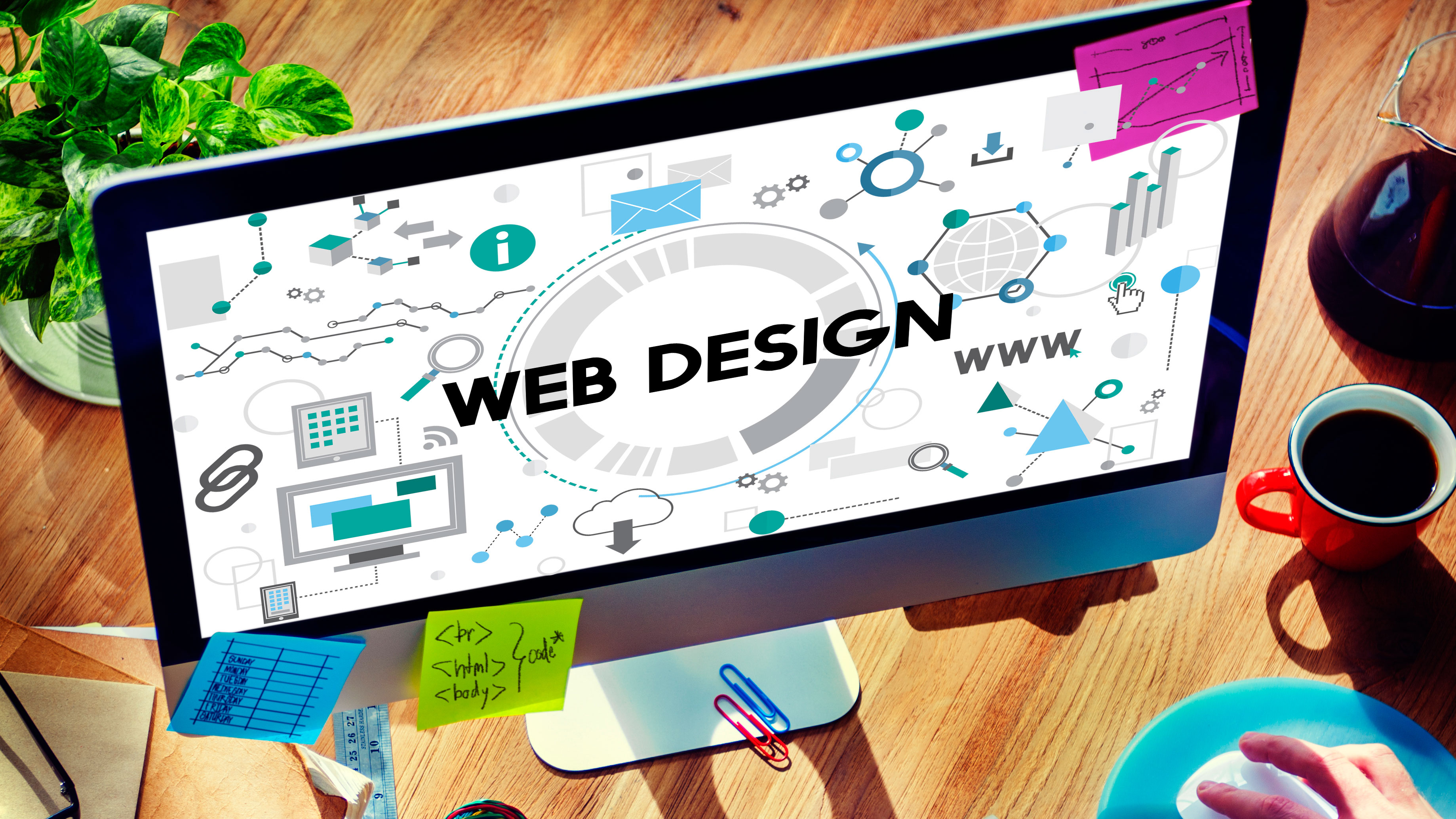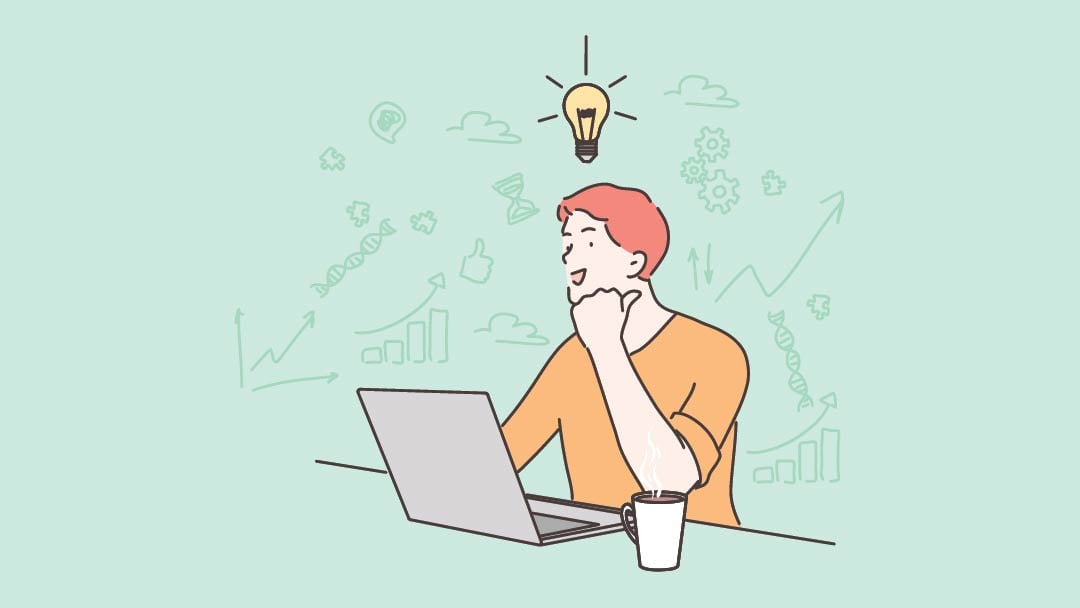All Categories
Featured
Table of Contents
- – What Is Web Design? The Ultimate Guide To Webs...
- – Lifted Logic: Web Design In Kansas City - Seo...
- – Basics Of Web Development & Coding Specializa...
- – Web Design Ledger: Homepage Tips and Tricks:
- – Web Design Tutorials By Envato Tuts+ Tips and...
- – Html Responsive Web Design - W3schools Tips a...
- – Learning Web Design: A Beginner's Guide To H...
- – The Top 10 Most Important Elements Of A Webs...
- – What Is Web Design (And How Do I Get It Righ...
- – 10 Principles Of Good Web Design - Smashing ...
- – Wicky Design: Philadelphia Web Design Tips a...
What Is Web Design? The Ultimate Guide To Website Design ... Tips and Tricks:
Quick summary Usability and the utility, not the visual style, determine the success or failure of a website. Since the visitor of the page is the only person who clicks the mouse and for that reason chooses everything, user-centric style has developed as a basic approach for successful and profit-oriented web style - web design frederick md.
and the utility, not the visual design, identify the success or failure of a website. Considering that the visitor of the page is the only individual who clicks the mouse and therefore chooses whatever, user-centric design has become a standard approach for successful and profit-oriented web style. If users can't utilize a feature, it may as well not exist.
g. where the search box need to be placed) as it has currently been carried out in a number of articles; instead we focus on the approaches which, used effectively, can cause more advanced style choices and streamline the process of viewing presented information. Please see that you might be thinking about the usability-related posts we've released before: Principles Of Great Website Design And Reliable Web Style Guidelines, In order to utilize the principles correctly we first require to understand how users communicate with websites, how they believe and what are the fundamental patterns of users' habits.
Lifted Logic: Web Design In Kansas City - Seo - Website ... Tips and Tricks:
Visitors glimpse at each brand-new page, scan a few of the text, and click on the first link that catches their interest or slightly resembles the thing they're looking for. In truth, there are large parts of the page they do not even take a look at. The majority of users look for something intriguing (or helpful) and clickable; as quickly as some promising candidates are found, users click.
If a page offers users with top quality material, they want to compromise the content with advertisements and the design of the website. This is the reason not-that-well-designed websites with top quality material get a lot of traffic over years. Content is more vital than the style which supports it.

Very easy principle: If a site isn't able to fulfill users' expectations, then designer failed to get his job done appropriately and the business loses cash. The greater is the cognitive load and the less user-friendly is the navigation, the more ready are users to leave the site and search for options.
Basics Of Web Development & Coding Specialization - Coursera Tips and Tricks:
Neither do they scan website in a direct style, going sequentially from one website area to another one. Instead users satisfice; they select the very first affordable choice. As quickly as they discover a link that appears like it might lead to the objective, there is a very great opportunity that it will be immediately clicked.
It doesn't matter to us if we comprehend how things work, as long as we can use them. If your audience is going to imitate you're creating billboard, then design fantastic signboards." Users wish to be able to control their internet browser and depend on the constant data presentation throughout the site.
If the navigation and website architecture aren't instinctive, the number of concern marks grows and makes it harder for users to understand how the system works and how to obtain from point A to point B. A clear structure, moderate visual clues and easily recognizable links can assist users to discover their course to their goal.
Web Design Ledger: Homepage Tips and Tricks:

claims to be "beyond channels, beyond items, beyond circulation". What does it indicate? Considering that users tend to explore sites according to the "F"-pattern, these 3 statements would be the first aspects users will see on the page once it is filled. The design itself is easy and intuitive, to comprehend what the page is about the user requires to browse for the response.
Once you've attained this, you can interact why the system works and how users can take advantage of it. Individuals will not use your web website if they can't discover their method around it. 2. Do Not Squander Users' Patience, In every task when you are going to use your visitors some service or tool, attempt to keep your user requirements very little.
Newbie visitors want to, not filling long web kinds for an account they may never utilize in the future. Let users explore the website and discover your services without forcing them into sharing private information. It's not affordable to force users to go into an e-mail address to evaluate the feature.
Web Design Tutorials By Envato Tuts+ Tips and Tricks:
Stikkit is an ideal example for an user-friendly service which needs nearly absolutely nothing from the visitor which is inconspicuous and comforting. And that's what you want your users to feel on your website. Apparently, Mite requires more. Nevertheless the registration can be performed in less than 30 seconds as the type has horizontal orientation, the user does not even need to scroll the page.
A user registration alone suffices of an obstacle to user navigation to cut down on inbound traffic. 3. Handle To Focus Users' Attention, As websites offer both fixed and dynamic material, some aspects of the user interface bring in attention more than others do. Obviously, images are more captivating than the text just as the sentences marked as vibrant are more appealing than plain text.
Focusing users' attention to specific locations of the site with a moderate usage of visual components can assist your visitors to receive from point A to point B without thinking about how it actually is expected to be done. The less question marks visitors have, the they have and the more trust they can develop towards the business the website represents.
Html Responsive Web Design - W3schools Tips and Tricks:
4. Aim For Function Direct exposure, Modern web designs are typically slammed due to their technique of directing users with visually appealing 1-2-3-done-steps, large buttons with visual effects and so on. From the style perspective these components really aren't a bad thing. On the contrary, such as they lead the visitors through the website content in a really easy and easy to use method.
The site has 9 main navigation alternatives which are visible at the first glimpse. The option of colors might be too light. is a fundamental principle of effective interface style. It doesn't actually matter how this is attained. What matters is that the material is well-understood and visitors feel comfy with the way they interact with the system.
Rather a price: just what visitors are looking for. An ideal option for effective writing is touse brief and succinct expressions (come to the point as quickly as possible), usage scannable design (classify the content, use multiple heading levels, use visual elements and bulleted lists which break the circulation of uniform text blocks), usage plain and objective language (a promotion doesn't require to sound like ad; offer your users some reasonable and objective factor why they ought to utilize your service or remain on your site)6.
Learning Web Design: A Beginner's Guide To Html, Css ... Tips and Tricks:
Users are hardly ever on a site to delight in the design; moreover, in most cases they are trying to find the details regardless of the design - web design frederick md. Pursue simplicity rather of complexity. From the visitors' viewpoint, the very best website design is a pure text, with no ads or more material blocks matching exactly the inquiry visitors used or the material they've been searching for.
Finch plainly presents the information about the site and gives visitors an option of alternatives without overcrowding them with unneeded material. Not just does it help to for the visitors, but it makes it possible to view the details presented on the screen.
Complex structures are harder to read, scan, examine and work with. If you have the choice in between separating 2 style segments by a visible line or by some whitespace, it's generally better to utilize the whitespace option. (Simon's Law): the better you manage to provide users with a sense of visual hierarchy, the easier your material will be to view.
The Top 10 Most Important Elements Of A Website Design Tips and Tricks:
The very same conventions and guidelines need to be applied to all elements.: do the most with the least quantity of cues and visual aspects. 4 major points to be considered: simpleness, clarity, distinctiveness, and focus. Simplicity consists of only the elements that are essential for interaction. Clarity: all elements need to be designed so their significance is not unclear.
Conventions Are Our Friends, Standard design of website components does not result in a dull web site. It would be a functionality nightmare if all sites had different visual presentation of RSS-feeds.
understand what they're anticipating from a website navigation, text structure, search positioning etc. A normal example from use sessions is to translate the page in Japanese (assuming your web users don't understand Japanese, e. g. with Babelfish) and provide your use testers with a task to find something in the page of different language.
What Is Web Design (And How Do I Get It Right)? - 99designs Tips and Tricks:
Test Early, Test Often, This so-called TETO-principle ought to be applied to every web style job as use tests frequently offer into substantial problems and concerns related to a given layout. Test not too late, not too little and not for the wrong factors.
Some important points to keep in mind: according to Steve Krug, and screening one user early in the task is much better than testing 50 near completion. Accoring to Boehm's first law, mistakes are most regular during requirements and style activities and are the more costly the later on they are eliminated.
That implies that you develop something, test it, fix it and then check it again. There may be problems which have not been discovered throughout the very first round as users were almost blocked by other problems.
10 Principles Of Good Web Design - Smashing Magazine Tips and Tricks:

This holds for designers. After you have actually dealt with a site for couple of weeks, you can't observe it from a fresh perspective any longer. You understand how it is constructed and for that reason you understand precisely how it works you have the knowledge independent testers and visitors of your site would not have.
It can be connected to other areas such as graphic style, user experience, and multimedia arts, however is more aptly seen from a technological viewpoint. It has become a big part of individuals's daily lives. It is hard to picture the Web without animated graphics, different styles of typography, background, videos and music.

Throughout 1991 to 1993 the World Wide Web was born. Text-only pages might be seen utilizing an easy line-mode browser. In 1993 Marc Andreessen and Eric Bina, developed the Mosaic web browser. At the time there were several web browsers, however most of them were Unix-based and naturally text heavy. There had been no integrated technique to graphic style components such as images or noises.
Wicky Design: Philadelphia Web Design Tips and Tricks:
The W3C was produced in October 1994 to "lead the Internet to its full capacity by establishing common protocols that promote its evolution and guarantee its interoperability." This dissuaded any one company from monopolizing a propriety internet browser and shows language, which could have modified the result of the Internet as a whole.
As this has occurred the innovation of the web has actually also moved on. There have actually also been considerable modifications in the way people use and access the web, and this has altered how sites are designed.
Learn more about Lovell Media Group LLC or TrainACETable of Contents
- – What Is Web Design? The Ultimate Guide To Webs...
- – Lifted Logic: Web Design In Kansas City - Seo...
- – Basics Of Web Development & Coding Specializa...
- – Web Design Ledger: Homepage Tips and Tricks:
- – Web Design Tutorials By Envato Tuts+ Tips and...
- – Html Responsive Web Design - W3schools Tips a...
- – Learning Web Design: A Beginner's Guide To H...
- – The Top 10 Most Important Elements Of A Webs...
- – What Is Web Design (And How Do I Get It Righ...
- – 10 Principles Of Good Web Design - Smashing ...
- – Wicky Design: Philadelphia Web Design Tips a...
Latest Posts
Website Creators Frederick MD
Webpage Design (Article) - Further Learning - Khan Academy Tips and Tricks:
Lifted Logic: Web Design In Kansas City - Seo - Website ... Tips and Tricks:
More
Latest Posts
Website Creators Frederick MD
Webpage Design (Article) - Further Learning - Khan Academy Tips and Tricks:
Lifted Logic: Web Design In Kansas City - Seo - Website ... Tips and Tricks: